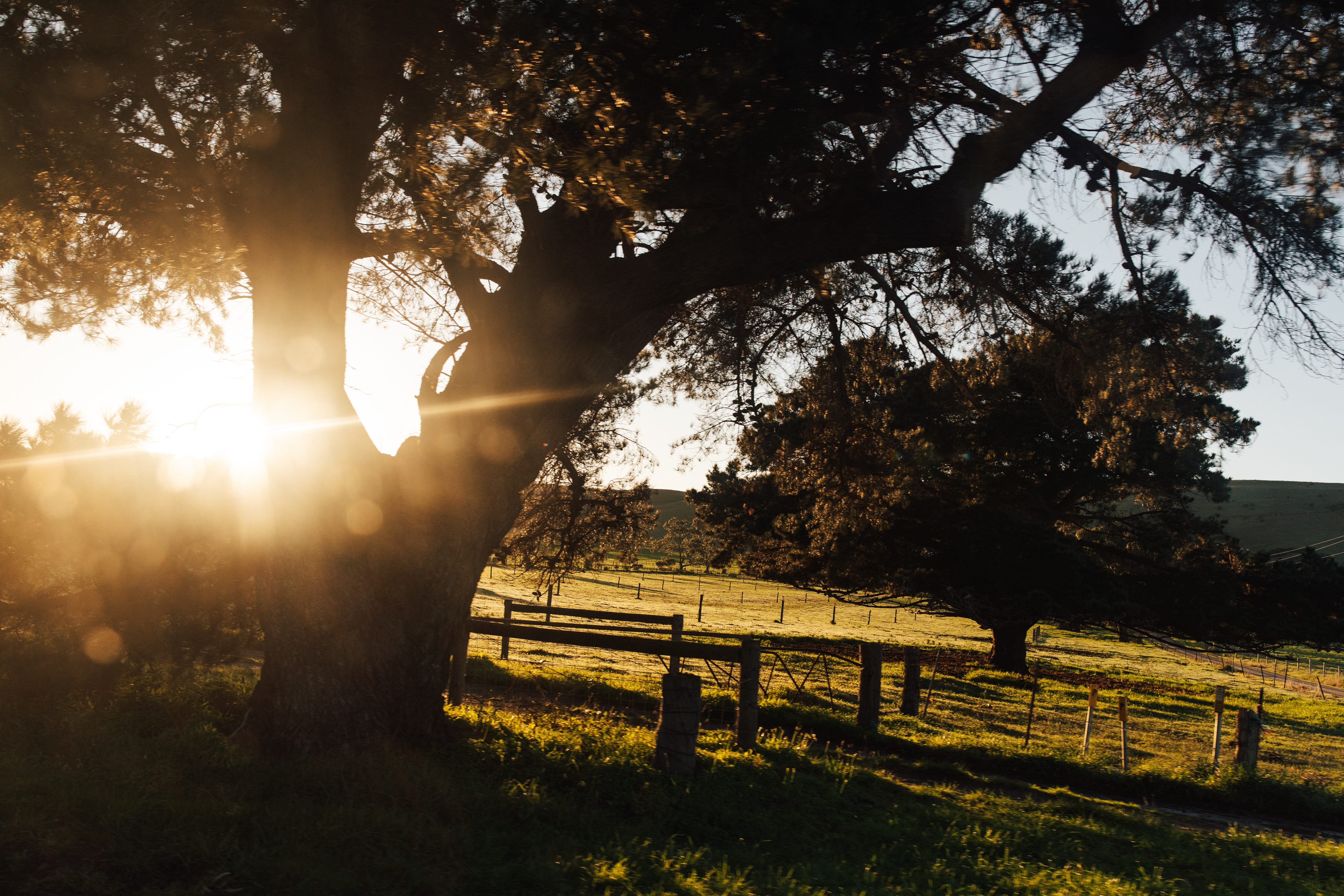
Producer concern over rural rates
One of the key statistics to come out of Livestock SA’s recent producer priorities survey was the large portion of producers who cited council rates as a notable impact on their business’ profitability.
More than 74 per cent of survey respondents stated that increases to council rates were having a moderate or greater impact on the profitability of their business, with more than 23 per cent rating this impact as significant.
Livestock SA and its members understand that rates are critical in funding community services and facilities and that rates play an important role in a sustainably funded local government area.
However, the recent trajectory of rate increases is not sustainable, and we need to look for solutions to how we do it better.
Yes, property values have increased, but it is hard to believe that when those values decline, so too will primary production rates.
Over the past five years, rates for livestock producers across various local government areas have increased by approximately 50 per cent.
Meanwhile, residential rates in the same councils have reduced, partly because land valuations have decreased or remained stable, but mainly because councils have not applied a general rate increase to all land use categories.
Instead, various councils have relied on primary production land valuations to drive overall growth of council rate revenue.
One producer reported that in the five years from 2017-18 to 2021-22, the primary production rates in their council increased by 64.4 per cent, which accounted for 100 per cent of the overall increase in total general rate revenue. This council applied the differential rating structure for this financial year to realise a more equitable distribution of rates across the ratepayer base, but the genie was already out of the bottle.
Another producer pointed out that over the same five-year period, their council rates increased by 46.9 per cent while the consumer price index increase over that time was 7.4 per cent.
Livestock SA has relayed the concerns of members to Local Government Minister Geoff Brock in recent meetings and will continue to work directly with the State Government to find a fairer way forward for producers on the issue of rate rises. We have also instigated a broader review of rate increases across other commodities through Primary Producers SA.
A transparent and well-informed rating strategy is a fundamental part of council work and vital to a robust and highly functioning community that supports the needs of all of those within it.
While rates are not a fee for service, they are a tax, what we have seen over recent years suggests that there needs to be a greater link between the revenue of council and its expenditure if there is to be fairness in the rating strategy employed.
Simply pegging rates to rural land valuations is flawed, as they fluctuate depending on a range of factors. Rapid increases in rural land prices are not matched by an equal increase in the profitability of farming but instead reflect factors such as very low interest rates, favourable lending policies, scarcity of land on the market, and investment strategies by trust funds and other corporate entities.
If the strategy being pursued by some councils continues, there is a serious risk of exacerbating the imbalance between rural and residential rates and putting a further strain on the profitability and business sustainability of primary producers.
This column was written by Livestock SA CEO Travis Tobin and appeared in the 25 August 2022 edition of Stock Journal
